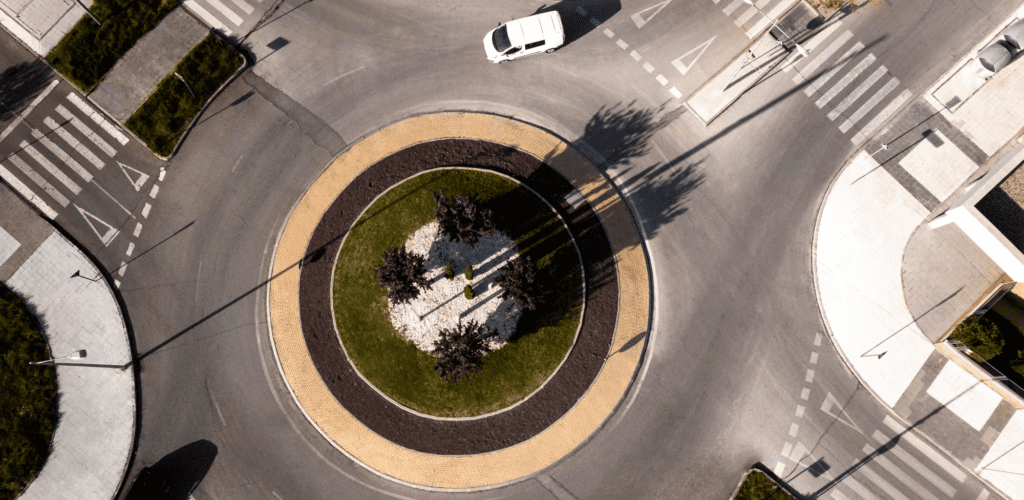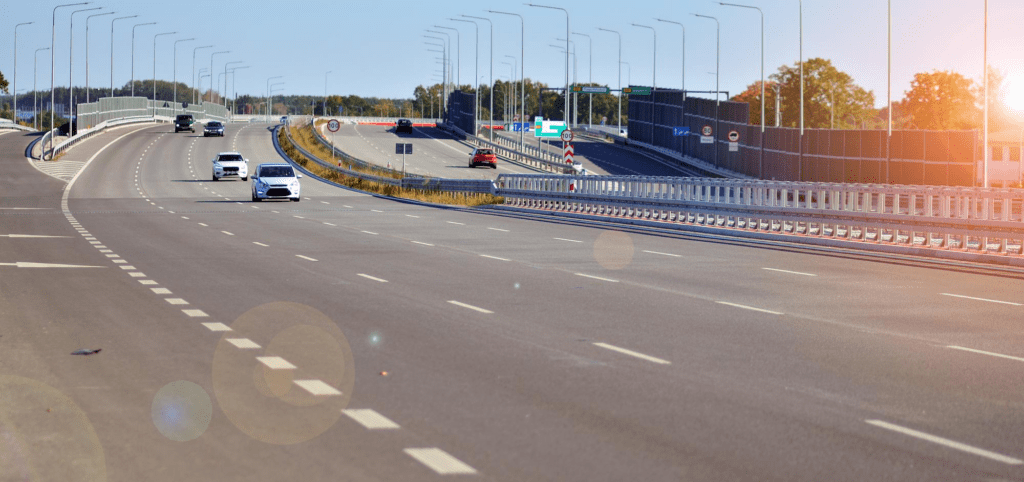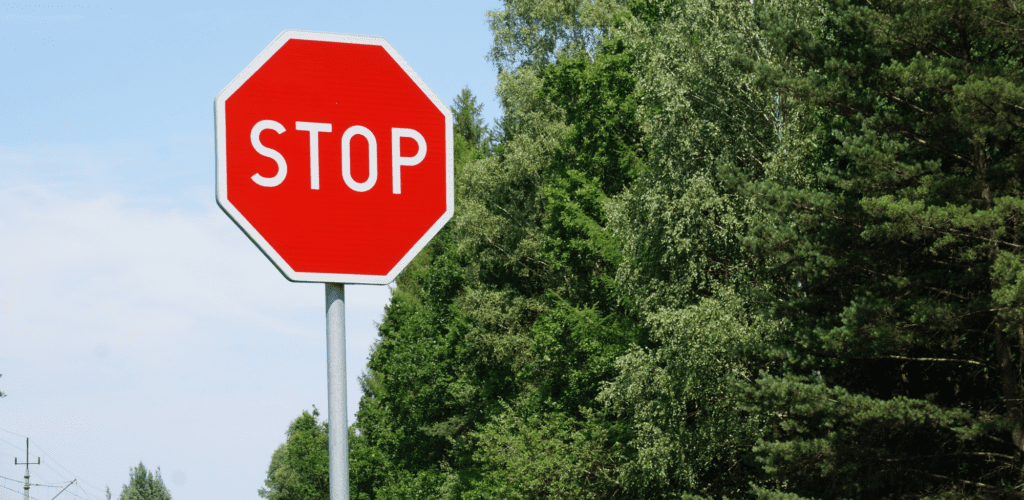
The Importance of Observation
When preparing for a driving test, it’s natural to feel anxious about various aspects, from the fear of stalling to concerns about navigating the independent driving section.
However, one critical area often overlooked is the skill of observation, particularly at junctions. This oversight is surprising, given that for over a decade, insufficient observation has consistently been the leading cause of failure in practical driving tests.
Specifically, failing to adequately observe at junctions is a common reason learners receive an immediate major fault.
Understanding the Challenge
So, why do so many individuals struggle with observation at junctions? The answer lies in the complexity of these environments.
Junctions require drivers to process multiple sources of information simultaneously, including other vehicles, pedestrians, and road signs, all while assessing the speed and distance of approaching traffic.
This multitasking is crucial for making safe decisions about when to enter or cross the junction.
Strategies for Improvement
To improve your observation skills at junctions and avoid common pitfalls, consider the following strategies:
- Practice makes perfect: Regularly practise driving in various junction scenarios to become more comfortable and adept at handling them.
- Stay alert: Keep your focus sharp and continuously scan the environment for potential hazards.
- Slow down: Reducing your speed as you approach a junction gives you more time to observe and make decisions.
- Use the MSM routine: Remember the Mirror-Signal-Manoeuvre routine to ensure you’re checking mirrors and signalling correctly before making a move.
By honing your observation skills and employing these strategies, you can increase your chances of passing the driving test and become a safer driver.
Observing effectively at junctions is not just about passing a test; it’s a critical skill that protects you and other road users.
What is it about Junctions?
Junctions in Driving
Regardless of whether you find junctions appealing or challenging, they are an inevitable part of nearly all car journeys.
Travelling from Point A to Point B almost certainly involves navigating through at least one junction. These intersections, where roads converge or diverge, require adherence to specific protocols for both efficiency and safety.
Holding a driving licence comes with the responsibility to follow these rules meticulously.
The Increased Risk at Junctions
The intersection of different traffic flows significantly elevates the risk factor at junctions. Not only are they the primary reason for failures in driving tests, but junctions are also a common scene for accidents.
This correlation between prevalence and potential danger underscores the critical importance of junctions in the driving test.
Unlike manoeuvres that might be tested once, various types of junctions are evaluated multiple times throughout the examination to ensure a thorough assessment of the driver’s abilities.

Emphasizing Safety and Observation
The key for learners is to approach and emerge from junctions with utmost caution and care. This necessitates a strong focus on observation—scanning the environment for other vehicles, pedestrians, and potential hazards, while also gauging the speed and distance of oncoming traffic.
Proper observation at junctions is not just about avoiding test failures; it’s about ensuring the safety of oneself and others on the road.
Mastery of junctions involves not only understanding their inherent risks but also developing the skills to navigate them safely, making them a pivotal component of both the driving test and everyday driving.
Observation is the Key
The Importance of Constant Vigilance
While driving, it’s essential to maintain a high level of awareness about everything happening around you. This includes monitoring the state of the road, the speed and distance of other vehicles, and the movements of pedestrians.
Achieving this level of vigilance involves regular use of your mirrors and checking your blind spots. By keeping track of these elements, you position yourself to anticipate potential changes in the driving environment and react timely and effectively.
At junctions, thorough observation is critical for effective planning and judgement. Each junction presents a unique set of challenges, with the volume and speed of traffic constantly fluctuating.
It’s insufficient to merely glance at your mirrors before making a turn; you must actively assess the proximity and velocity of nearby traffic to navigate safely.
Especially at busy junctions, this process may require repeated assessments to ensure a safe manoeuvre.

Demonstrating Observational Skills during the Driving Test
During your driving test, it’s important to demonstrate to the examiner that you are consistently checking your mirrors.
While there’s no need for exaggerated movements, a deliberate approach to monitoring road conditions and integrating this information into your driving decisions is crucial.
Particularly when dealing with junctions, adhering to the mirror-signal-manoeuvre routine is invaluable.
This approach involves observing your surroundings, evaluating the situation, making informed decisions, signalling your intentions to others, and executing your actions both promptly and safely.
Types of Junction
Understanding the Variety of Junctions
The term junction encompasses a diverse array of situations where roads intersect or merge. This variety includes junctions regulated by traffic lights or stop signs, as well as those where road markings are minimal or non-existent.
Common types of junctions include T-junctions, roundabouts, crossroads, and box junctions. Each type demands a tailored approach to observation to navigate safely.
Below, we discuss the fundamental differences between some of the basic types of junctions.
Open vs. Closed Junctions
-
Open junctions offer a clear view of the road you are about to join, allowing for a comprehensive assessment of traffic conditions. In such scenarios, if the road is clear, it may be possible to merge without stopping, often continuing in second gear.
-
Closed junctions are characterized by limited visibility due to obstructions such as foliage, buildings, or other vehicles. In these situations, it is crucial to proceed with caution and ensure a clear path before merging onto the new road.
Marked vs. Unmarked Junctions
-
Marked junctions are typically easier to identify because they feature signs or other forms of road markings indicating how drivers should behave. These signs may include Stop or Give Way instructions, or, at larger junctions, a set of traffic lights dictating when it is safe to proceed.
-
Unmarked junctions, often found in rural or residential areas, may lack clear signage or road markings. In these cases, no specific right of way is assigned, and drivers must exercise heightened observation and caution, especially when other road users are present.
Understanding and adapting to the specific requirements of different types of junctions is essential for safe driving.
Proper observation and adherence to road signs and markings at these intersections can significantly reduce the risk of accidents and ensure a smooth journey.
How to Tackle Junctions
Navigating junctions effectively is a two-phase process: approaching the junction and emerging from it.
Approaching the Junction
The first step in dealing with junctions is to recognise their presence early. This may seem obvious, yet some learners accrue faults during the driving test by noticing a junction too late, which then compromises their ability to position the vehicle correctly. Mistakes such as misaligning with a Give Way line or overshooting a Stop sign could lead to test failure.

To avoid such pitfalls, remain vigilant for indicators of an upcoming junction. Signs might include increased traffic flow, slowing vehicles ahead, or road signs signalling an impending junction.
Upon identifying an approaching junction, start planning your manoeuvre. Determine the required direction and ensure you’re in the appropriate lane well in advance, signalling your intent to other road users.
If the junction is busy or visibility is restricted (closed junction), prepare to stop by shifting to a lower gear.
Conversely, if the junction is open, unmarked, and traffic is minimal, assess whether you can safely merge without coming to a complete stop.
Observation Station
- Look for signs of an approaching junction.
- Assess your proximity to other vehicles and their speed.
- Based on the junction type and your direction, position your vehicle appropriately.
- Before decelerating, check for traffic behind, beside, or overtaking you.
Emerging from the Junction
When joining a new road, thorough observations are crucial. Failing to adequately check your mirrors and blind spots could result in serious consequences. Proceed only when you have a clear view and it’s safe to merge.
If you arrive at a closed junction with limited visibility, exercise patience and utilise the “creep and peep” technique.
Gradually inch forward while continuously assessing traffic from both directions. If approaching vehicles are moving too fast for you to safely merge, halt before entering their path.
Continue this cautious advance until a safe opportunity to emerge presents itself. After joining the new road, quickly reassess your surroundings via your mirrors to understand your new position relative to other traffic.
Most junctions will be relatively straightforward, especially when you have an unobstructed view and it’s safe to proceed.
Ensure you check your mirrors and blind spots before and after merging. Remember, it’s not just cars you’re looking out for—pedestrians, cyclists, and motorcyclists can appear suddenly and may be moving faster than anticipated.
Observation Station
- Confirm if the road you’re joining is visible and safe.
- Look for vehicles on the lanes you’re crossing or joining, noting their speed.
- Be aware of any pedestrians or cyclists in the vicinity.
- Once on the new road, adjust your speed to match that of surrounding traffic.
Observation at Junctions on Your Driving Test
Navigating junctions with proper observation is crucial during your driving test. Understanding common mistakes can help you avoid them and improve your chances of passing.
Common Mistakes Leading to Test Failure
- Approaching a junction too fast or too slow can be problematic, as it may indicate poor judgement of speed and distance.
- Failing to notice a junction in time, resulting in abrupt slowing or stopping, demonstrates a lack of awareness.
- Emerging from a junction without first checking blind spots and mirrors overlooks a fundamental safety check.
- Not looking in the direction of travel when joining another road suggests inadequate observation.
- Neglecting to make observations at an unmarked junction can be dangerous, as it increases the risk of an unexpected incident.
- Forcing other vehicles to alter their driving by emerging into their path is a serious error that could lead to a fail.
The Importance of Thorough Observations
Properly executed observations are essential for making informed decisions at junctions, allowing you to proceed safely and confidently.
It’s important to remember that not all road users will be as observant or predictable as you might expect. Some may turn without signalling, while others signal but then act differently.
To safeguard yourself and other road users, maintaining vigilance is key. Your mirrors are invaluable tools for understanding what’s happening around you, so make sure to use them effectively.
Ensuring you are fully aware of your surroundings and the actions of other drivers is not just about passing your test—it’s a fundamental aspect of safe driving.


